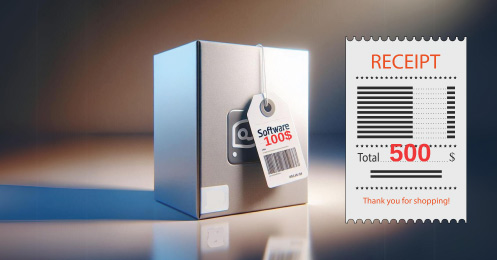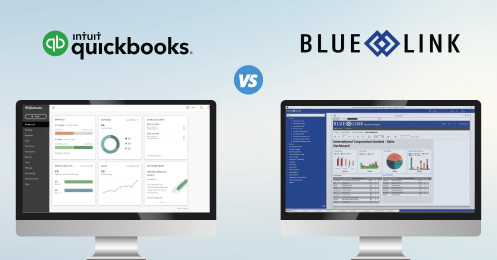What's in a name? Between "warehouse management software" and "Warehouse Management System", the difference is quite big - like tens of thousands of dollars.
Take the average small distribution business, with perhaps a 15,000 square foot warehouse and managing a couple of thousand SKUs - receiving 3 or 4 inbound shipments a week, and shipping out between 50 and 100 customer orders daily. This business needs software to manage their inventory levels, bin locations, picking, packing and shipping - along with the accounting and financial business functions. So a reasonably priced ERP System, which includes warehouse and inventory management software, will fulfill these needs at an affordable cost. That's your warehouse management software.
But within the business software industry, a Warehouse Management System ("WMS") - as opposed to "Software" - is a complex, mission-specific solution, usually comprising both software and equipment (like handheld scanners), designed to radically automate the warehouse - and do nothing else. Your WMS would hopefully integrate with your ERP system.
These systems typically cost more than the ERP modules for small and medium-sized businesses, and are therefore usually only implemented in larger businesses - you won't usually see a WMS in a 15,000 square foot warehouse. So while the company in the above example may want a WMS, they will almost certainly not be able to cost-justify it and will in any case be more than adequately served by the ERP / Inventory Management Software solution.
This is a trap to avoid when discussing or assessing new software for a small / medium-sized wholesaler / distributor.










